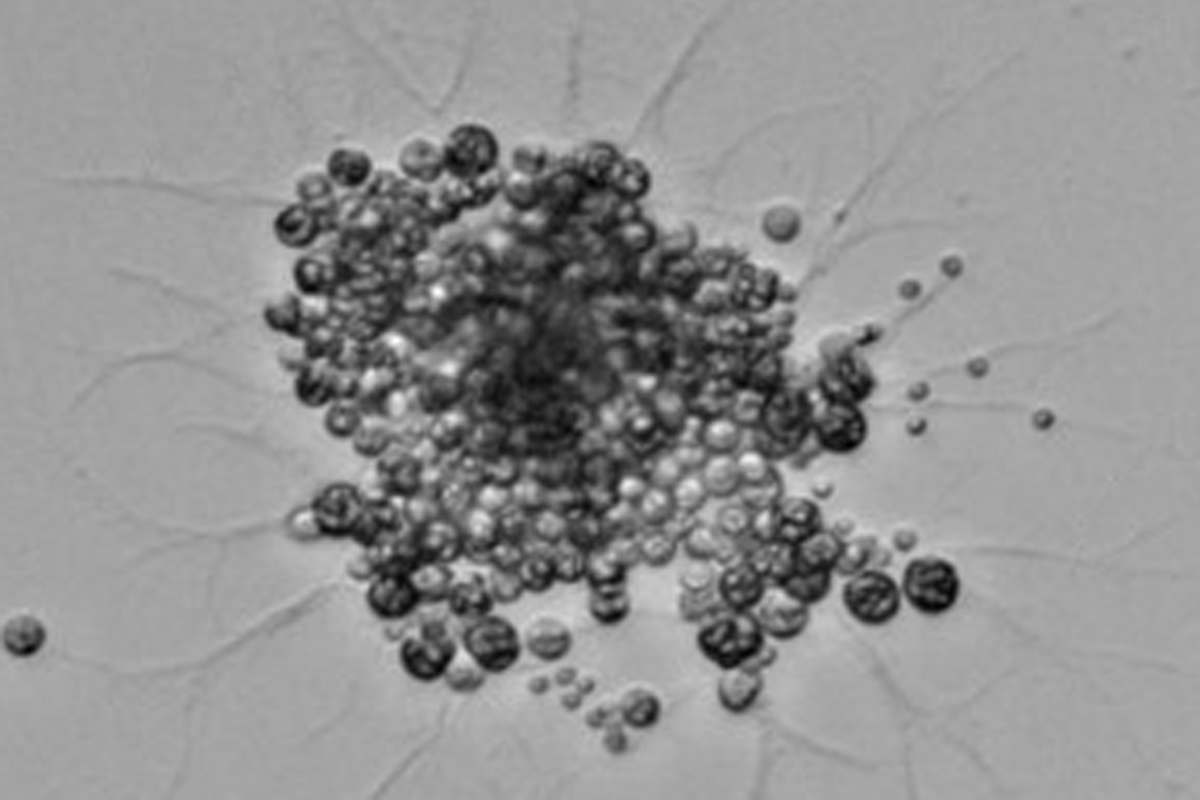A new organism was found in the Black Sea and named after the Strugatsky brothers
[ad_1]

The simplest thing can help improve memory
A microorganism previously unknown to science was discovered in the Black Sea by scientists from the Institute of Cytology and Genetics of the SB RAS. This is a protist – a creature that does not belong to animals, plants, or fungi. They gave him a name Thraustochytrium aureum ssp. strugatskii in honor of famous science fiction writers.
As MK was told at the institute, the protozoan has a number of interesting, even, one might say, fantastic properties, for which it received the name of famous Soviet science fiction writers.
Formally, it is unicellular, but its “cell” at some stages contains a large number of nuclei. The microorganism has a complex life cycle, a mechanism for the instantaneous division of cells into many daughter cells, and a number of other features that are interesting from the point of view of fundamental science.
Biochemistry, which turned out to be more diverse than that of animals or fungi, makes the Strugatsky protist useful for creating substances used in the cosmetic, food and pharmaceutical industries. For example, you can get the natural antioxidant squalene from it, which supports the body during long-term stress on the brain, chronic fatigue, drowsiness, dizziness and memory loss. Previously, the traditional source of squalene was shark liver. But now it has become clear that the bulk of this substance circulating in the food chain of the seas is produced by protists.
A preliminary study of the enzymes of the new microorganism with the support of the Russian Science Foundation suggests that it can be used to produce a wide range of fatty acids for the production of vaccines, components of anti-cancer drugs.
In addition, the researchers want to evaluate the possibility of using the Strugatsky protist as a platform for the genetic design of other useful substances, such as proteins.
[ad_2]
Source link








